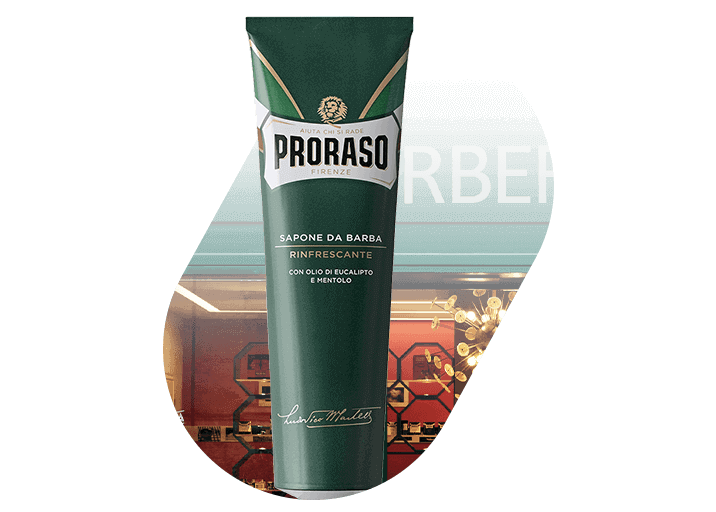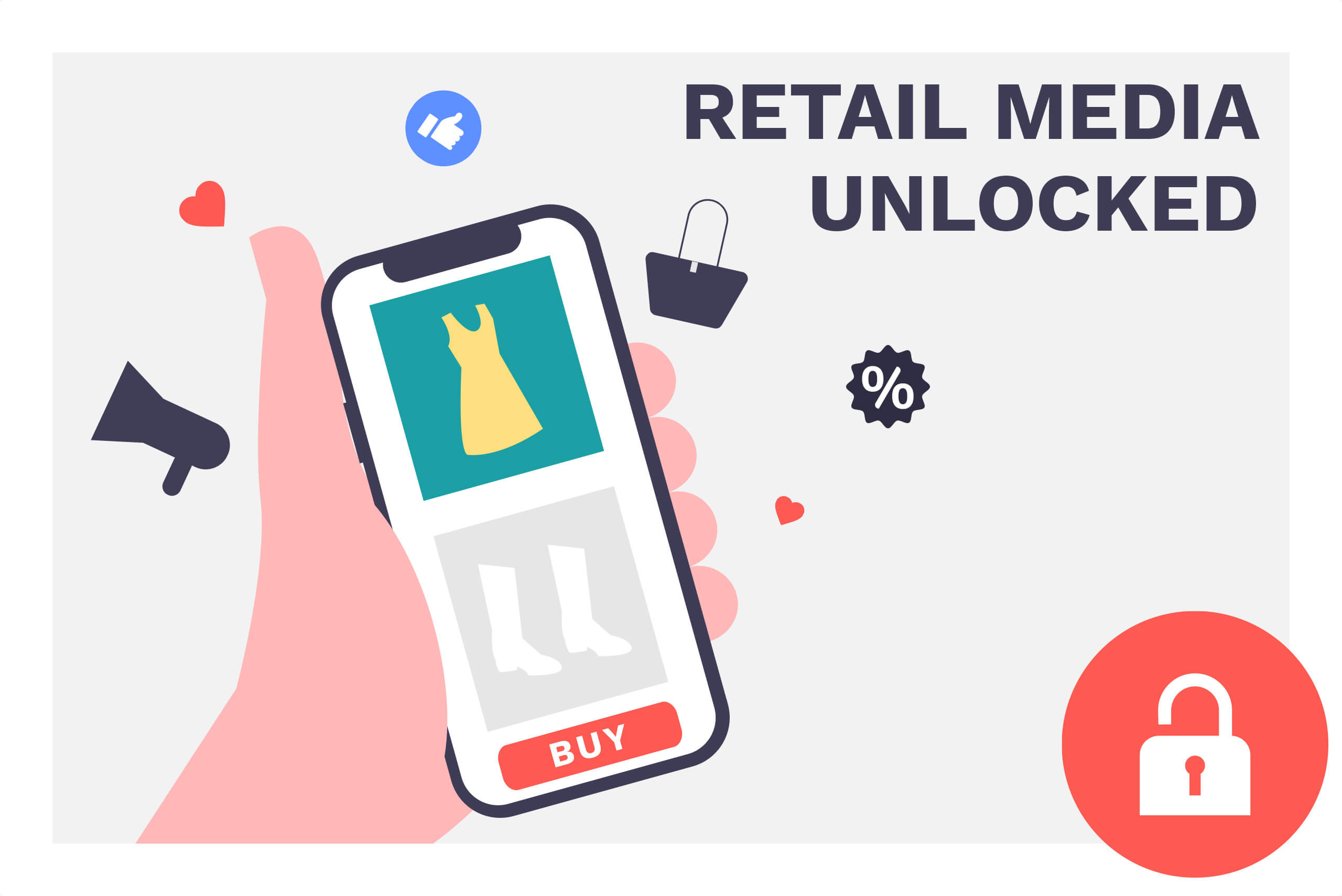
Sponsored Brand Video Ads: Advantages, Opportunities and Case Study

Anyone who has scrolled through the major online and social media platforms in recent months has discovered more and more video content. Both short and longer videos are ubiquitous on TikTok and Instagram, for example and now Amazon is also trying to bring this trend to its own platform in the form of Sponsored Brand Video Ads (SBVs). In our conversations with customers and with Amazon itself, this topic is increasingly coming to the fore.
What Are Sponsored Brand Videos?
Sponsored Brand Videos are 6 – 45 second clips that can be placed on the search results page or on a product detail page (PDP) as a type of Sponsored Brand campaign. SBVs consist of the advertised product and of course a video that links to the product page or to the brand’s Amazon store.
In addition to keyword targeting, category targeting and ASIN targeting are also possible, which are charged by “cost-per-click” (CPC). Here, the advertiser does not pay for impressions, but only for the actual click on the ad.
How Do I Utilise SBVs for my Brand on Amazon?
The first basic decision to make for a brand selling on Amazon is to decide for whether they want to direct their SBV to the PDP or – and this is new – to their own Brand Store. This depends primarily on what the video is about. If it is a product video, it should probably direct to the PDP, as we showed in our case study (link Pritt). If you want to drive more traffic to the Brand Store, e.g. for the launch of a new collection, it is advisable to choose a video with many products and a branding focus.
Important: If you want your SBV campaign to be displayed at the top of the search results (top-of-search), you have to direct the SBV to your own Brand Store.
How Can I Create an SBV Ad without Paying for a Big, Expensive Commercial Shoot?
Even without a big budget, there are several ways to create a presentable and engaging video on Amazon. Here are two tools that can help:
Self-Service with Amazon’s SBV Video Builder
An easy way to create a video is the SBV Video Builder, which was recently introduced by Amazon. With this function, it is possible to insert logos, lifestyle images or product images into templates so that you can easily create a video yourself. In addition, it is possible to draw attention to your own Brand Store or a product with further texts or CTAs. (Attach image 1). The clip may not have the same quality as a professionally created video, but the SBV Video Builder is still a very good way for brands with smaller budgets to try out SBV campaigns and stand out from a normal Sponsored Brand ad.
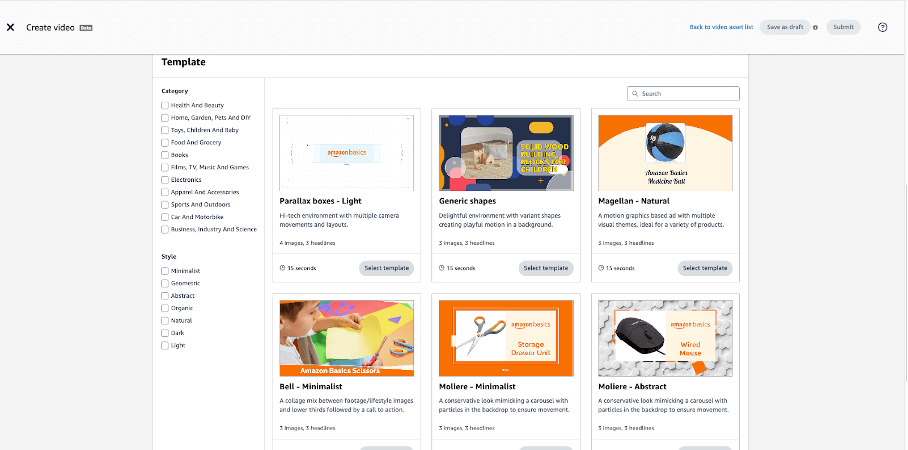
Search for an Amazon Agency with Amazon Creative Services
This service helps to simplify the search for a suitable Amazon agency or freelancer who can then create a video specifically tailored for Amazon. Going forward, Creative Services is expected to make it easier for brands to select the right service provider from a list.
The services include the creation of videos, editing, or even the creation of a Brand Store. For a brand that is newly launched on Amazon, this is a first step to outsource the creative work and thus still have a good brand presence with a medium budget. (Attach image 2) In the long run, we recommend working with an agency that specialises in Amazon. To ensure an overarching strategy and consistent approach, it is often best if all Amazon services are covered by the same partner.
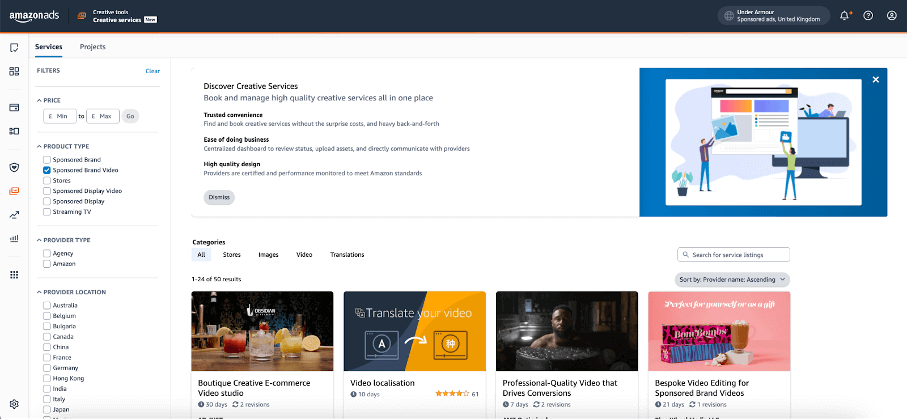
Sponsored Brand Ads and Sponsored Brand Videos – What Is the Best Strategy?
SBV campaigns will probably not replace SB (Sponsored Brand) campaigns in the short term. The advantage of SB campaigns is that they offer variety and are quickly adaptable. A video is more complicated to create and is often designed either specifically for one product or very broadly for the entire brand. The classic SB, on the other hand, can show many more products. However, SBVs are still recommended when a deal event is coming up, a new collection is to be promoted, an innovative product is coming onto the market, or whenever more traffic needs to be directed to the Brand Store.
What Is the Difference Between Sponsored Display Video (SDV) and Sponsored Brand Video (SBV)?

Subscribe to our newsletter now and receive regular updates on Amazon and other online marketplaces.
Subscribe to the newsletter now.
There are two crucial differences between an SBV and an SDV campaign:
Targeting: An SDV, like an SD, offers more possibilities to define a precise target group. For example, it is possible to reach potential customers who have viewed a brand’s products but not purchased them. This is not possible with an SBV campaign, which “only” allows for keyword or product targeting.
Placement: The placement of the SBV, above the search results, is much more visible than that of the SDV. The SBV reaches the potential customer earlier than the SDV and addresses a larger target group. All customers can see the SBV first via the search bar before being redirected to the PDP via the product results.
The most important differences between the two types are listed here:
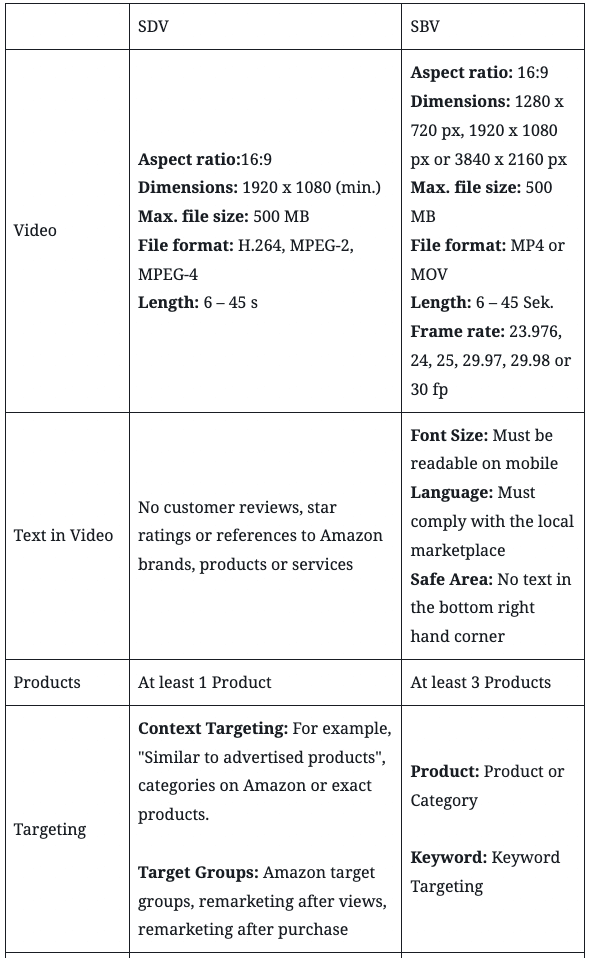
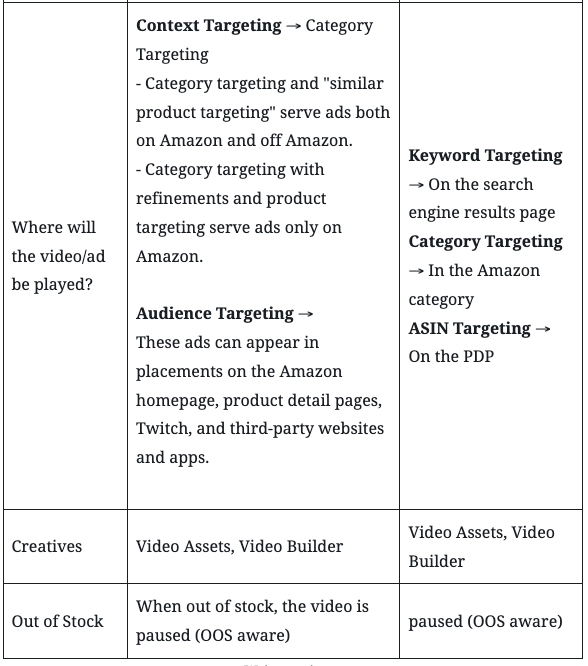
Case Study Pritt: Sponsored Brand Video vs. Sponsored Brand Ads
Together with Pritt, we conducted a test to compare Sponsored Brand Video Ads and “classic” Sponsored Brand Ads. For this purpose, we analysed one campaign with generic keywords and one campaign with brand keywords in both formats for brand awareness and performance KPIs.
The Results:
Brand Awareness:
The click-through rate (CTR) is significantly higher for both the generic (+46%) and the branded campaign (+200%) than for the video ad. The “classic” Sponsored Brand Ads, however, recorded 70% more impressions each.
Performance:
The conversion rate is significantly higher for the Sponsored Brand Video Ad (+189% compared +85%). Revenue is slightly lower for the branded campaign with video (-18%), but significantly higher for the generic campaign (+345%) than the revenue of the classic ad. The ACOS is lower for both branded (-24 %) and generic (-61 %) for the Sponsored Brand Video Ad, i.e. more favourable.
In conclusion, it can be said that SBVs in our case were clicked on better and tended to convert better than the static SBs. The video ads had the disadvantage that they were more expensive and less visible on Amazon.
Click here to download the case study.
Conclusion
Like many other retailers, Amazon is jumping on the trend of bringing more and more moving images to its platform. With new offers such as the SBV Video Builder or the Creative Services, it is also even easier for brands with smaller budgets to place video ads on Amazon. So far, however, our experience has shown that SBV only works best if it is integrated as part of a clear strategy. This means that brands should be aware of who they want to reach, what they want to show and where they want to direct the new impressions.
Are you interested in an expert analysis of your Amazon account?
Request free analysisRelated articles
Remazing GmbH
Brandstwiete 1
20457 Hamburg
©Remazing GmbH
